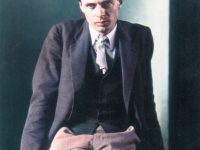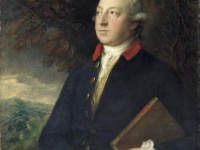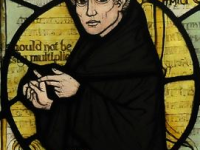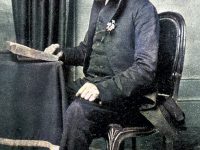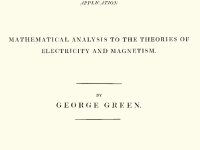The Visionary Dystopies of Aldous Huxley
On July 26, 1894, English writer, novelist, philosopher Aldous Leonard Huxley was born. He was best known for his novels including Brave New World, set in a dystopian London, and for non-fiction books, such as The Doors of Perception, which recalls experiences when taking a psychedelic drug, and a wide-ranging output of essays. Nominated for the Nobel Prize in Literature in seven different years, Huxley was widely acknowledged as one of the…
Read more

